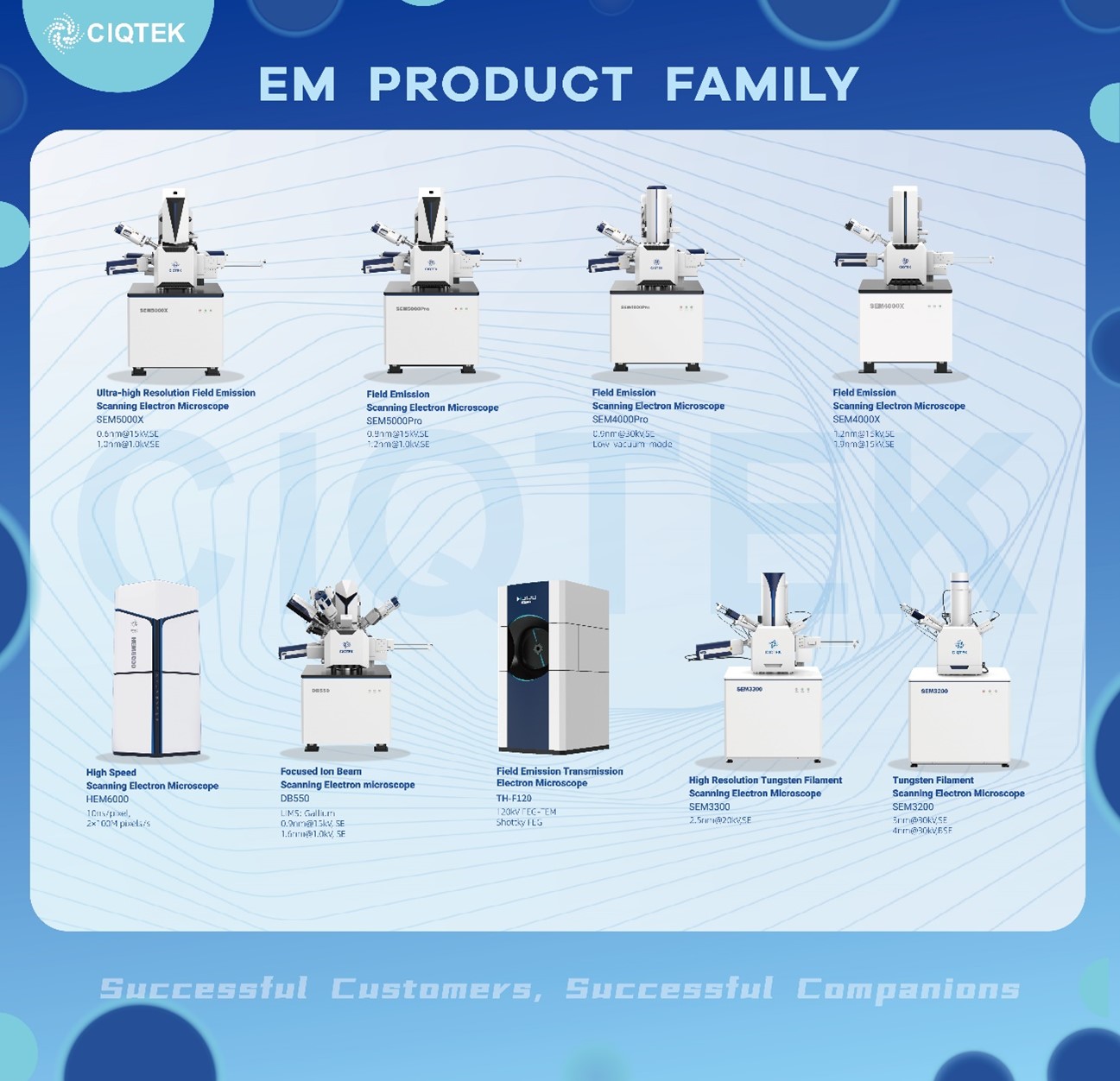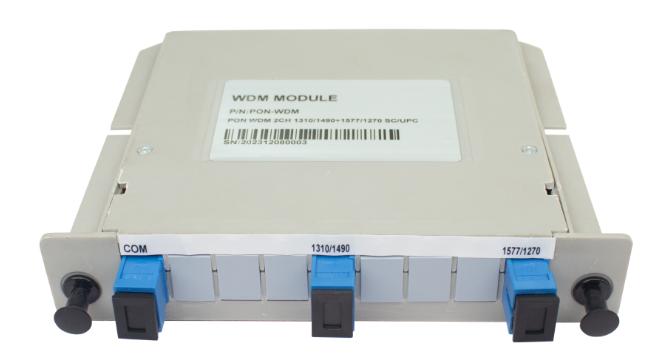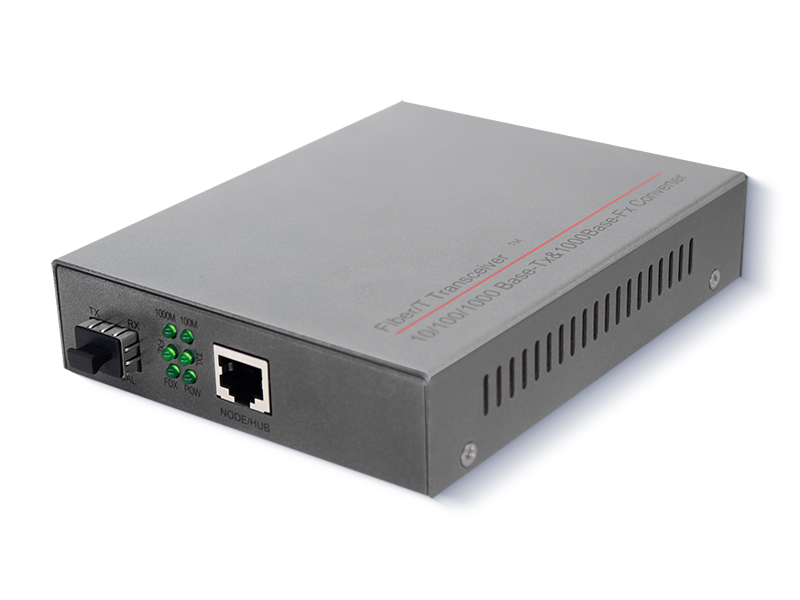5 Tips for Selecting the Right UHF RFID PVC Card Provider
Relying on RFID technology for access control, inventory management, or other applications, it is critical for businesses choosing the right UHF RFID PVC card provider. Taking the quality and reliability of your cards in mind, it can directly impact your operations. Reading the following tips to help you for selecting the right provider and why Shenzhen Zhijie can be chosen the right UHF RFID PVC Provider. Get more information at www.oemrfidfactory.com.
1. Evaluate Product Range and Quality
Start by reviewing the provider's product range. A reliable supplier should offer a wide variety of RFID cards, including RFID Blank Access Cards andCustom Printed RFID Cards. Look for durable materials, advanced technology, and compatibility with your existing systems. High-quality cards will ensure long-term performance and reduced maintenance costs.

2. Check for Customization Options
Customization is essential if you need cards tailored to your brand or specific requirements. A top-tier provider should offer options for custom printing, including logos, designs, and unique identification numbers. Custom Printed RFID Cards not only enhance your brand image but also improve security by preventing unauthorized duplication. Shenzhen Zhijie can offer customized services to meet your different needs.
An experienced provider understands the intricacies of RFID technology and can offer valuable advice on selecting the best cards for your application. Check the company’s years in the industry, customer reviews, and case studies to gauge their expertise. Providers with proven experience in delivering RFID Blank Access Cards or specialized C80 RFID Cards are likely to meet your expectations.
Industry compliance is a critical factor in choosing a provider. The cards should adhere to international standards such as ISO/IEC 14443 or ISO/IEC 15693, depending on your requirements. Compliance guarantees compatibility and reliability across different systems, ensuring seamless operation for your RFID applications.
When reviewing production capacity, it’s essential to understand whether the provider can handle both your current and future quantity requirements. Ask about their manufacturing capabilities, including the number of units they can produce daily, weekly, or monthly. A reliable provider should demonstrate the ability to scale production efficiently to meet bulk order demands without compromising on product quality.
















